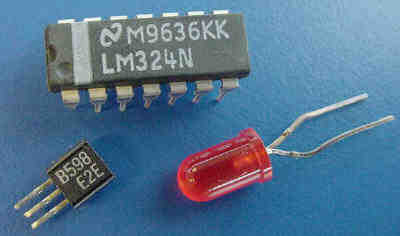Shedding Light on the Future: Optoelectronic Properties of Two-Dimensional Materials
The burgeoning field of optoelectronics – where light meets electronics – is being revolutionized by the discovery and application of two-dimensional (2D) materials. The optoelectronic properties of 2D materials have opened up new possibilities in the design and functioning of devices, with potential applications ranging from photodetectors to optical communication systems. This article explores these unique properties, the materials that exhibit them, and their practical implications for the future.

Defining Two-Dimensional Materials and their Optoelectronic Properties
Two-dimensional materials are atomically thin materials with unique electrical, mechanical, and optoelectronic properties. Examples include graphene, 2D transition metal dichalcogenides (TMDs), and other layered materials. Their optoelectronic properties, including optical absorption, optical response, and electronic structure, make them ideal for device applications in photonics and optoelectronics.

Leading Lights: Graphene and Transition Metal Dichalcogenides
Graphene, a single layer of carbon atoms arranged in a honeycomb lattice, was the first 2D material to be isolated. Its remarkable properties, including a zero bandgap and excellent electron mobility, have revolutionized the fields of electronics and optoelectronics.
Beyond graphene, 2D transition metal dichalcogenides (TMDs) such as molybdenum disulfide (MoS2) and tungsten diselenide (WSe2) also exhibit intriguing optoelectronic properties. Unlike graphene, these 2D TMDs have a sizable bandgap, making them more suitable for semiconductor material applications.
Harnessing the Optoelectronic Properties of 2D Materials
The optical and electronic properties of 2D materials have made them an area of intense study for potential optoelectronics applications. For instance, the unique optical properties of these materials can be harnessed for photodetectors, solar cells, and even quantum computing.
Photodetectors based on 2D materials, for instance, exhibit excellent properties such as high responsivity and fast response times. These properties arise from the materials’ strong light-matter interaction and excellent charge transport capabilities.
Similarly, the optical absorption and electronic structure of 2D materials also make them attractive for solar cell applications. Their ability to absorb a significant fraction of incident light, despite their atomically thin nature, allows for the design of highly efficient solar cells.
Recent Advances and Future Directions
Recent advances in the synthesis and applications of 2D materials have provided promising pathways for their integration into functional devices. The creation of van der Waals heterostructures – vertical stacks of different 2D materials – has further expanded the possibilities for optoelectronic device engineering.
Looking ahead, the future of optoelectronics is set to be shaped by these remarkable 2D materials. Their unique optoelectronic properties, coupled with their atomic thinness and mechanical flexibility, make them an excellent platform for next-generation optoelectronic devices, from wearable electronics to high-speed optical communication systems.
Conclusion
The optoelectronic properties of two-dimensional materials have sparked a revolution in the fields of photonics and optoelectronics, paving the way for the development of novel materials and devices with unparalleled capabilities. As we continue to explore the full potential of these materials, the future of optoelectronics looks brighter than ever.




Comments are closed.